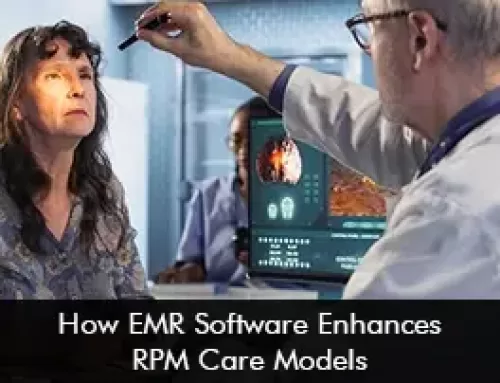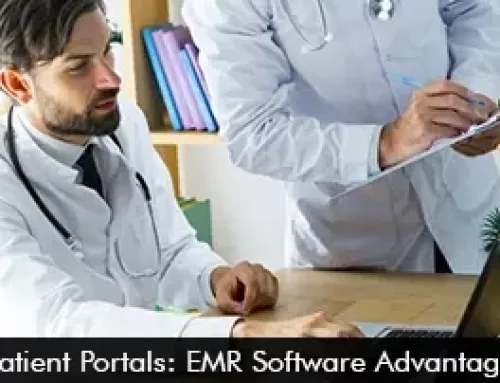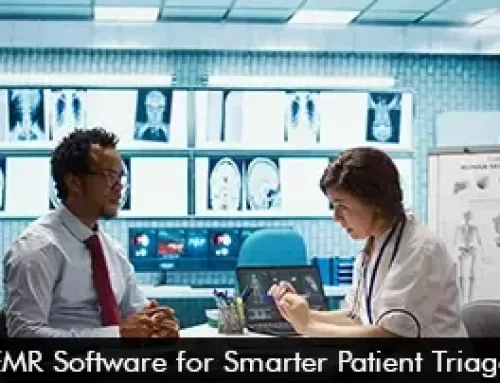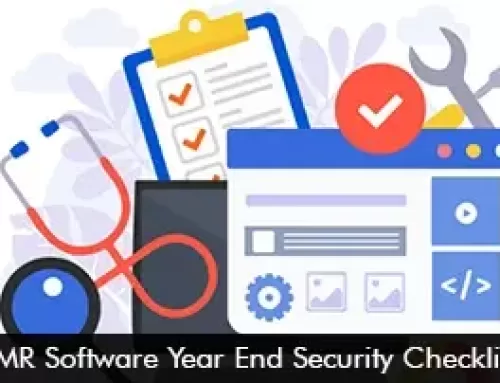Electronic Medical Records (EMR) Software is typically viewed as enhancing clinical efficiency, yet its influence on finances is equally important. By cutting down operational expenses and boosting revenue via improved billing methods, EHR Software is vital for medical practices’ financial well-being. Additionally, the CDC underscores the role of EMR Systems adoption in advancing healthcare and achieving cost efficiency.
Reduced Administrative Costs with EMR Software
A major financial plus of using EHR Software is the reduced paperwork and administration work. By going digital, practices save a bundle on printing, storage, and even how many administrative staff they need.
With less need for paper charts and bulky storage, healthcare organizations see lower overhead costs. Workflows get smoother, so the staff can dedicate more time to patients and less to tedious data entry. The CDC’s National Center for Health Statistics reports that more than 85% of office-based doctors are now on board with Electronic Medical Records (EMR) Software. This is mostly because they make workflows and documentation way better. These efficiency boosts allow clinics to run with smaller teams, saving money on payroll and supplies.
Enhanced Billing and Revenue Capture with Billing Tools in EHR Software
EMR Software boosts the precision and speed of billing by making sure services are documented accurately and as they happen. With built-in coding help, mistakes are fewer, claim denials drop, and reimbursements come in quicker. Automated coding tools in EMR Systems cut down on underbilling and ensure charges are right on the mark. Submitting claims faster and having fewer turned down leads to a steady stream of income. Furthermore, functions like charge capture and checking insurance details make billing run more smoothly.
EMR Software Helps with Compliance Savings
Adopting EHR Software has become more appealing thanks to financial incentives from initiatives like Meaningful Use. Even though these programs have changed over time, keeping up with EMR Systems use is still important to follow regulations and steer clear of penalties. Employing certified EMR Software not only assists in complying with laws like HIPAA and MACRA but also helps in dodging Medicare penalties.
If practices are looking to join value-based care models or various CMS programs, they will often find that integrating electronic medical records software is a must. Data from the CDC suggests that practices that use EHR software are in a better place when it comes to reporting on population health, something that’s becoming more and more tied to how healthcare providers are paid. Keeping up with compliance isn’t just a way to avoid fines; it also ensures that healthcare organizations can take advantage of newer payment models in healthcare.
Moving Ahead
Investing in EMR Software pays off financially, and it’s not just a thought– there’s real data to back it up. As the CDC has shown, and with changes in how healthcare is paid for, practices that use technology efficiently, stay compliant, and keep up with the times are simply better positioned to do well financially. It’s a clear path to a healthier bottom line.







